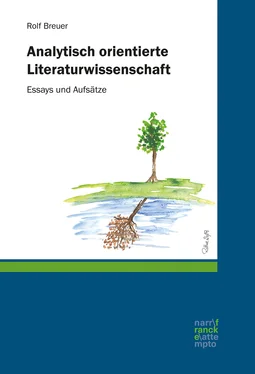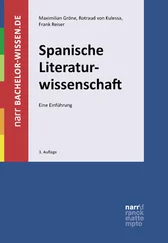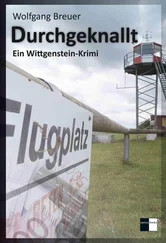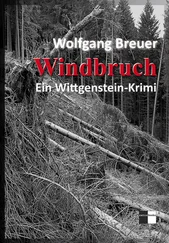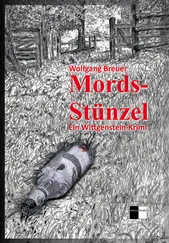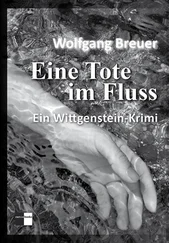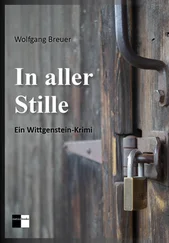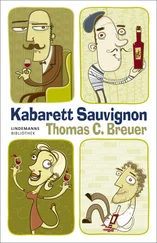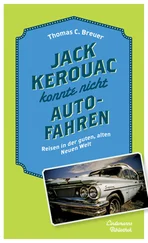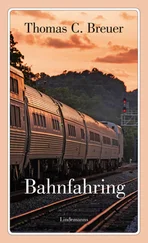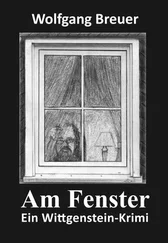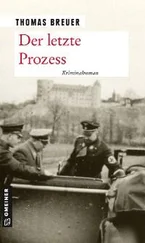This last remark reminds one of the role the recipient plays in the act of reading. Readers or hearers react differently to what they think is a discursive text than when they think it is a fictional text. When a theatre-goer begins to understand Iago’s treachery, he normally does not jump onto the stage to warn Othello.
The appropriate mode of reception of a work of fiction is, in the famous words of S. T. Coleridge, “willing suspension of disbelief” ( Biographia Literaria , Chapter XIV), in other words, the suspension of such critical questions as we normally pose, concerning a discursive text. Most importantly, we suspend our awareness that fictional worlds are worlds that exist only because their existence has been declared by the text, and this is, of course, a petitio principii. We accept the fictional world as it is presented to us, and it is only from there that we proceed with our critical questions.
3. Results and consequences
Let us now review our results on a more abstract level. Lyric poetry and epic poetry are recognisable as different from discursive speech by their form, respectively by their deviation from the form of discursive speech. Their poetic character is a property of the works themselves, and thus the distinguishing mark is an ‘essential’ criterion, and the theory is ‘essentialist’. “Willing suspension of disbelief” is the appropriate mode of reception, but it is not a necessary element of the definition and is, therefore, normally neglected.
In contrast, modern types of prose narrative – the novel, but other realistic subgenres, too, the short story, for instance – are not defined by their language, and their “literariness” or “poeticity” is not necessarily recognisable in the text itself. Its distinguishing mark is its fictional status, that is, its special relationship to reality. This criterion is ‘relational’ because it is a relation between objects, not a property of an object. The mode of reception, “willing suspension of disbelief”, is a constitutive element in the framework of this definition and, thus, appears for the first time as a problem. A mode of reception, however, is a ‘pragmatic’ category.
Thus, there is a combination of two defining categories, one relational, the other pragmatic. Each alone is insufficient as a definition. If the pragmatic category alone sufficed, the definition of what a work of art is would be entirely a matter of subjective choice. This would clearly not be a useful definition. Most people, in fact, agree in most cases on whether a text is fictional or not. However, there are cases where one can disagree or where, in one context, one can take a text as fiction and, in another, as a report. Historical novels are obvious examples.
The categorisation of a literary work of art as fiction is, thus, much more complex than the traditional categorisation as ‘poetry’, because two categories are involved. It is also more difficult, because relational and pragmatic categories are less definite than essential properties.
But this is not all. Even when a work of art is defined by its fictionality, a certain share of essential properties remain: a great portion of dialogue, for instance, points to the fictionality of a text and is not expected in a work of astronomy or economics, and the same is true for interior monologue, irony of the narrator, structural symmetries etc. There seems to exist a certain affinity between fiction and certain forms of speech felt to be ‘poetical’.
All in all, then, fictionality is a hybrid category: chiefly relational, but requiring, even promoting, a special way of reception, and with an affinity to certain forms of expression. (This also explains why the craftsman-like aspect of literature no longer plays an important role. Fictionality has nothing to do with aesthetic quality. ‘Ugly’ fiction is fiction, too, third-rate fiction is fiction, too.)
Arranged in the form of two tables:
I
|
ontological status defined by |
distinguishing criterion |
type of foregoing category |
| lyric and epic poetry, etc. |
language |
deviation from norm |
essentialist |
| novel, etc. |
relationship of language to reality (with affinity to certain forms of expression) |
fictionality (with affinity to certain deviations from norm) |
relational (with affinity to essentialist categories) |
II
|
mode of reception defined by |
type of foregoing category |
| lyric and epic poetry, etc. |
(“willing suspension of disbelief” not a necessary element of definition) |
(neglectable for all practical purposes) |
| novel, etc. |
willing suspension of disbelief |
pragmatic |
This survey shows why it is so difficult to differentiate between fiction and discursive texts, between novel and historiography, ultimately between art and life. The distinguishing criteria are quite different, even heterogeneous, perhaps incommensurable.To take an example, a novel is different from a work of historiography in three ways, distinguished by three characteristics: (1) by the (relational) criterion of the relation of its language to reality, (2) by remains of the (essentialist) criterion of certain modes of expression, and (3) by the (pragmatic) criterion of certain modes of reception. A definition by three distinguishing marks as heterogeneous as these is a difficult matter. Apples and oranges are famously difficult to compare, but what about comparing apples and distances and main clauses? Is one of the above-mentioned criteria – essentialist, relational, pragmatic – more decisive than the others? What about Erasmus Darwin’s The Botanic Garden : is its literary form as epic poem more important than its non-fictional aspect as discursive text? What about Jonathan Swift’s Modest Proposal : is its non-fictional form as discursive text more important than its ‘poetical’ aspects (irony of the author, the author speaking through a persona)?
I hope to have shown that there is no general answer to all possible cases. Each case is an individual case. One can use a cannon as a seat and a chair as a weapon. However, it still makes sense to speak of a cannon as a weapon and of a chair as a seat.
Die Entwicklung des geschichtlichen Denkens
Vorbemerkung
In der etwa hundertjährigen Geschichte der Entdeckung der Geschichtlichkeit der Welt spielen England und Schottland in mancher Hinsicht eine Vorreiterrolle, beginnend mit dem kleinen Traktat des anglikanischen Bischofs Richard Hurd bis hin zu der epochemachenden Abstammungslehre von Charles Darwin, und so mag es angemessen sein, dass sich ein Anglist des großen Themas annimmt.
1. Vor der Entwicklung des historischen Bewusstseins
Die Entdeckung, dass viele Dinge und Phänomene, die man bislang für unwandelbar gehalten hatte, tatsächlich der Veränderung unterliegen, geschichtlich geworden sind, hat natürlich mit der zunehmenden Beschleunigung aller Lebensvorgänge seit dem Beginn der Neuzeit zu tun. Früher, im Mittelalter, verliefen die Veränderungen so langsam, dass sie im Laufe eines Menschenlebens kaum bemerkbar waren, seien es Änderungen der Sprechweise, der Kleidungsvorschriften, der Regierungsformen, der Sitten, der Gefühle. So lag es nahe anzunehmen, die Welt sei unwandelbar. Auf den Morgen folgen Mittag, Abend und Nacht und dann wieder ein Morgen. Auf Ostern folgen Pfingsten und das Kirchenjahr, auf den Sommer folgen der Herbst und dann wieder ein neues Jahr. Auf Geburt folgen Taufe und Heirat, Alter und Tod, davor aber Geburt der Kinder, deren Taufe, Heirat usw.: alles Kreisläufe des ewig Gleichen.
Читать дальше
